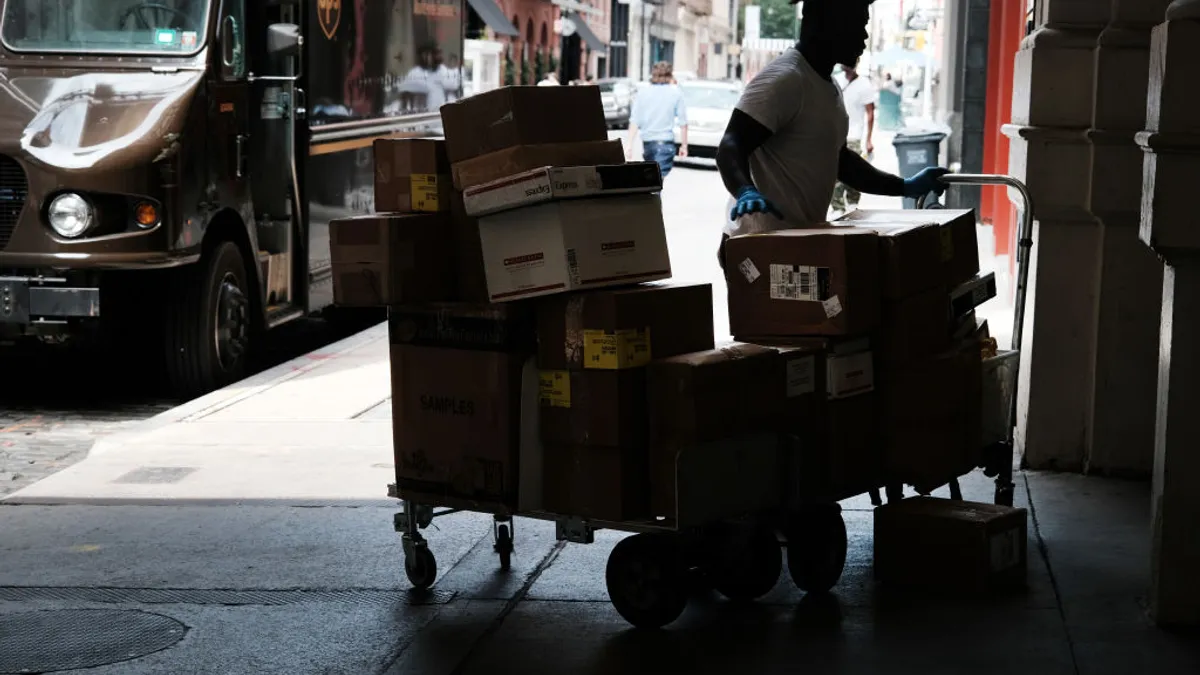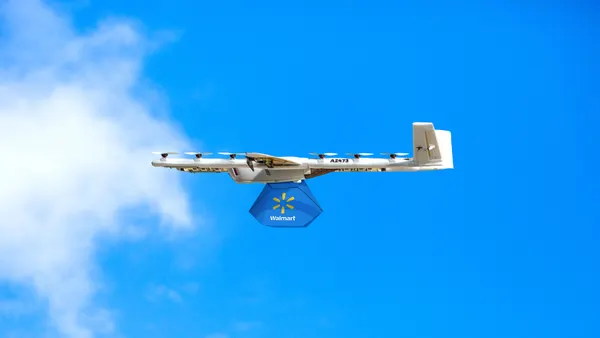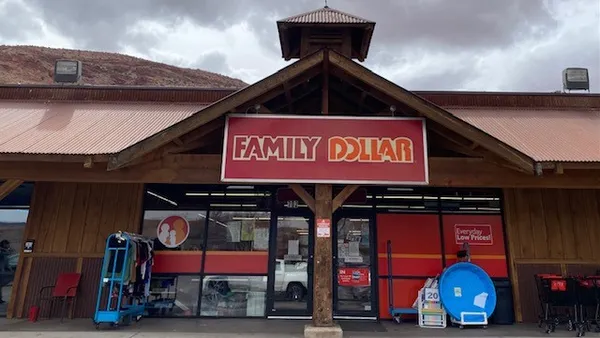Dive Brief:
- UPS has cut about 34,000 positions and closed 93 buildings so far this year amid an ongoing U.S. network overhaul and Amazon volume reductions, the delivery giant announced in Q3 earnings results Tuesday.
- The employee reductions include separations stemming from UPS' voluntary buyout program for full-time drivers. About 90% of affected drivers exited the company on Aug. 31, UPS EVP and CFO Brian Dykes said on an earnings call.
- CEO Carol Tomé described the driver buyout program as successful, although she didn't provide specific numbers on the call regarding how many employees accepted the offer. The total cost of the buyouts for UPS are $175 million, she added.
Dive Insight:
UPS is shrinking its U.S. network to match a planned 50% reduction in packages it delivers for major customer Amazon by June 2026. In Q3, Amazon volume handled by UPS fell 21.2% year over year.
Although UPS is delivering fewer Amazon packages, the two companies will maintain a sizable relationship going forward, Dykes said.
"Amazon is still going to be a large customer, right? And there's a lot of places where we can add value to their supply chain like returns, their inbound [shipping], the small business sellers that sell on the platform," Dykes said.
The staffing and building reductions stemming from UPS’ network shakeup save about $2.2 billion through Q3, per the earnings release. The carrier expects to reach $3.5 billion in total year-over-year cost savings once the year wraps up, and it's working "to identify additional buildings for closure."
UPS is pushing to shift a larger share of package volume to more technologically advanced facilities to help trim costs and boost operational efficiency. The carrier has deployed new automated systems in 35 facilities over the past year, according to Tomé. With the additions, UPS is expecting 66% of volumes will move through automated processes in Q4, compared to 63% during the same period last year.
"As we approach the peak shipping window, we'll continue to leverage our proven technologies and scale the network where needed, all while maintaining a sharp focus on service quality," Tomé said. "These advancements position us to run the most efficient peak in our history."















